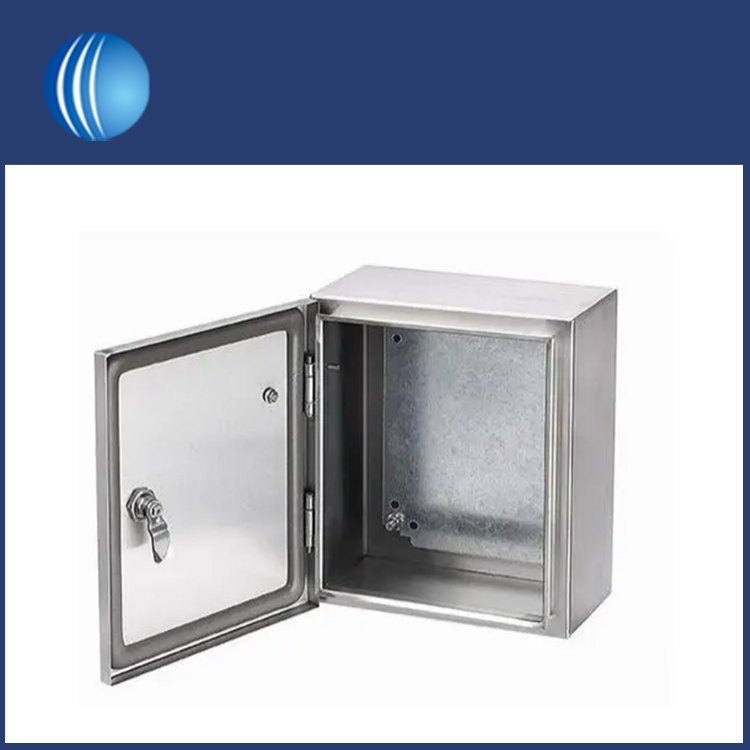
Drill holes in the required locations of the Stainless Steel Control cabinet, such as where handles need to be installed. Using a bending machine, bend the cut flat plates to form the curvature of the cabinet. Weld the bent plates to ensure the cabinet's structural integrity and reliability. Cleaning and Silkscreen .Clean the Stainless Steel Control cabinet and perform silkscreen printing according to the customer's requirements, including printing patterns.

The primary material for stainless steel control cabinets is stainless steel plate, typically SUS304 or SUS316, depending on the usage environment and requirements.
Design the dimensions according to customer requirements and cut the cold-rolled plate to the desired size using a shearing machine. Cut the plate to the required dimensions based on the design drawings. Punch out the folding edges, handle positions, and other necessary features. Bend the cut plates to form the stainless steel cabinet using a plate bending machine, creating inner and outer folding edges. Weld the plates in the cabinet to ensure structural strength. This includes full welding for reinforcement, spot welding, and additional welding. Mainly for degreasing and rust removal.
Install electrical components into the cabinet according to the design drawings. Connect the wiring between the electrical components inside the control cabinet. Testing and Debugging: Connect the control cabinet to a power source for testing and debugging to ensure proper operation. Surface Treatment: Perform surface treatment on the exterior of the control cabinet to enhance its aesthetic appearance and corrosion resistance.
The thickness of the stainless steel plate for stainless steel control cabinets and distribution cabinets is typically 1.5 millimeters for the finished product. The finished product generally consists of two types of materials: internal sealing plates, side plates, and upper and lower panels for complete enclosure. The quality of the welding technique, such as full welding, determines the cabinet's structural integrity. Additionally, pickling and phosphating processes are crucial for improving moisture resistance and overall durability.